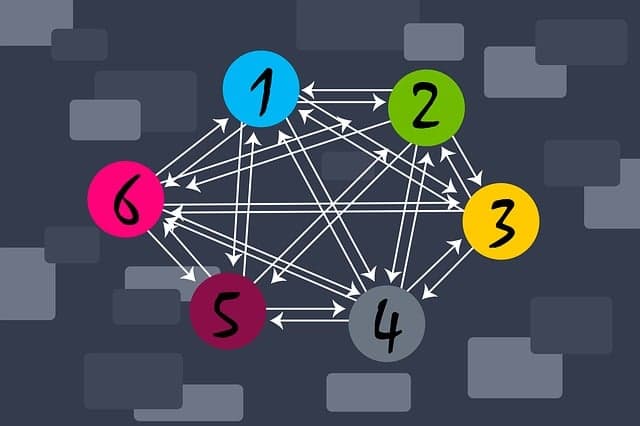Internal links are more than just navigation. They are a voice within your website. The PageRank algorithm, originally proposed by Larry Page and Sergey Brin in 1998, is still at the heart of ranking, albeit in a heavily updated form – PageRank 2.0.
What has changed?
Classic PageRank took into account the number and weight of external links. Today, Google actively applies a modified PageRank, where internal links, their structure and logic play a huge role.
Acknowledgment: In 2018, John Mueller (Google) confirmed, “A well-organized internal link structure helps Google understand which pages you consider important.”
What PageRank 2.0 takes into account
- Link context – a link from the text is more important than a link from the footer.
- Depth of nesting – the closer a page is to the main page, the higher its weight.
- Number of internal links – more links = more chances for crawling and ranking.
- Anchor text – helps Google understand what the page is about and influences keyword associations.
Fact: Ahrefs report states that pages with high internal PageRank (by internal link structure) receive on average 40% more organic traffic than pages with low.
Real case study
HubSpot saw a 25% increase in organic traffic after internal link grid optimization. They moved prioritized articles closer to the main article, improved the anchor list, and linked related topics.
What to do
- Use internal links consciously – not for the sake of quantity.
- Build a hierarchy: main pages should get more links.
- Work with anchors: avoid “read more”, put keywords.
- Check the structure regularly via Screaming Frog or Sitebulb.
Conclusion
PageRank 2.0 is not the past, but the present of SEO. And if you ignore internal links, you lose influence on how Google sees your site.
